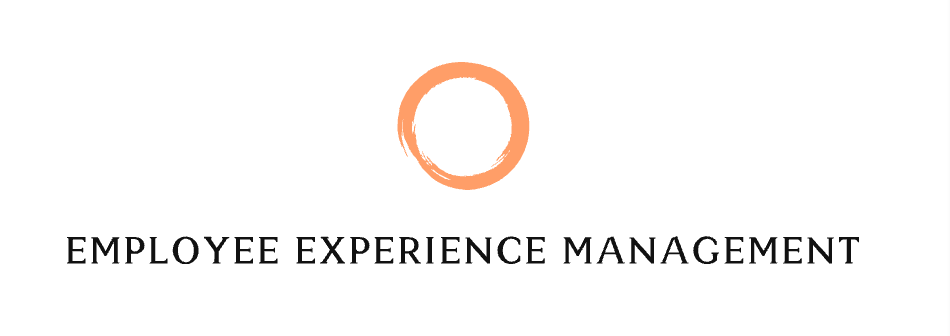The 360 feedback, also called comprehensive evaluation, is one of the tools used by companies more every day since it is very useful to measure employees’ skills, design learning and development programs, and evaluate performance.
The purpose of 360 feedback is to give employees feedback to improve their performance and behavior in a more objective way by having different points of view and perspectives coming from bosses, peers, subordinates, internal customers, etc.
What is a 360 Degree Assessment?
The 360 degree performance appraisal is the set of feedback on professional and personal competencies that an employee receives from his co-workers, which supports identifying his main strengths and areas of opportunity.
The reason why it is called 360º is that it includes the self-evaluation of the evaluated person and also the evaluations of his co-workers, including the Direct Manager, Collaterals, Collaborators, and Internal or External Clients.
A 360 feedback is very different from a performance evaluation; more colleagues participate in addition to the Direct Manager. This is what makes 360º evaluations a very enriching experience.
These assessments are also known as Competency Assessment, 360 Performance Assessment, or 360 survey.
What do they evaluate?
Unlike annual performance reviews that rate employees on meeting measurable goals and outcomes, the 360 evaluation performance focuses on the professional and personal competencies that are critical to these responsibilities.
These qualities are known as Competencies, and some of the main ones are:
- Leadership: The delegation, Responsibility of Actions, Motivation, Decision Making: Risk Taking, Accessibility.
- Emotional Intelligence: Empathy, Stability, Security.
- Personal values: Respect, Ethics, Physical Presentation.
- Teamwork: Participation, Feedback, Acceptance of Differences, Negotiation.
- Communication: Oral Presentation, Understanding of Ideas, Ability to Listen.
- Creativity: Problem Solving, Innovation.
- Organization: Taking Notes, Fulfillment of Responsibilities.
- Organizational values: Alignment to the Vision and Mission, Loyalty to the Company.
You can see 360 degree feedback examples to see how the 360º Evaluation Platform applies 360 degree evaluations to all human capital in an intuitive way.
Tips for doing 360-degree evaluations
Here are 5 tips to take into account when designing and implementing 360 feedback and guaranteeing the effectiveness of the process.
1. Guarantee the confidentiality of the process:
One of the main concerns of the collaborators when participating in this type of 360 feedback is the confidentiality of their answers since they do not know what will be the use that will be given to them and who will be able to access them, to reduce the uncertainty regarding this issue.
It is very important to guarantee that the data obtained via 360 feedback questionnaires will be completely confidential and explain that it will not be used against them. On the contrary, employees must know that the process is for a positive purpose for them as individuals and the company.
2. Carry out a simple process with clear instructions:
Your team must understand the objective of this 360 feedback so that it is not taken as an opportunity to express opinions of a personal nature that are not related to the process.
One of the tasks in which you should pay close attention in the implementation of the 360 degree appraisal is to communicate to your employees the objectives and expectations of this process and let them know that this is in order to find an improvement in the organizational climate and in the performance of each one of them.
3. Establish an action plan and follow up:
After carrying out the 360 feedback, it is important that you make the most of the results obtained and the data obtained. For this, it is essential that you share the findings with your collaborators by giving them feedback and, in this way, start with an action plan to attack the areas of opportunity that were detected and strengthen the competencies shown by your work team. If this is not done, it is very difficult for you to see changes that favor the organization and each of the team members.
It is essential that you follow up on the action plan to ensure that the activities that will reinforce the improvements are being carried out; it is also recommended that you periodically carry out 360 feedback to know how the perceptions of the team and the organizational climate have changed.
4. Involves the top management of the company:
Like any organizational strategy, in the comprehensive evaluation, the participation and involvement of senior executives is key, who must be aware of the process and transmit the message to the rest of the team about the importance and benefits of the 360 degree feedback. It is essential that employees perceive that this initiative is supported by senior managers, which will generate confidence in them, and they will also believe in the project as an opportunity for the company’s evolution and improvement in their work environment.
5. Automate your 360-degree evaluations:
This will make your 360 feedback more efficient and on time by eliminating paperwork and the time that has to be invested; in the same way, by relying on a technological tool, you will be able to analyze the results more quickly. Remember that a fundamental part of this process is that your collaborators really participate, and to motivate this, it is important that you guarantee confidentiality.
The 360 evaluation performance will be a very useful tool for the development of the skills of your work team, enhancing their performance and achieving a more productive company supported by their human talent. By performing 360 feedback in an automated way, you will reduce uncertainty and encourage active participation from your staff.
Conclusion:
You can rely upon 360 feedback software that has module performance evaluations through which can expedite the professional development of each of your employees and more complete and reliable information.
